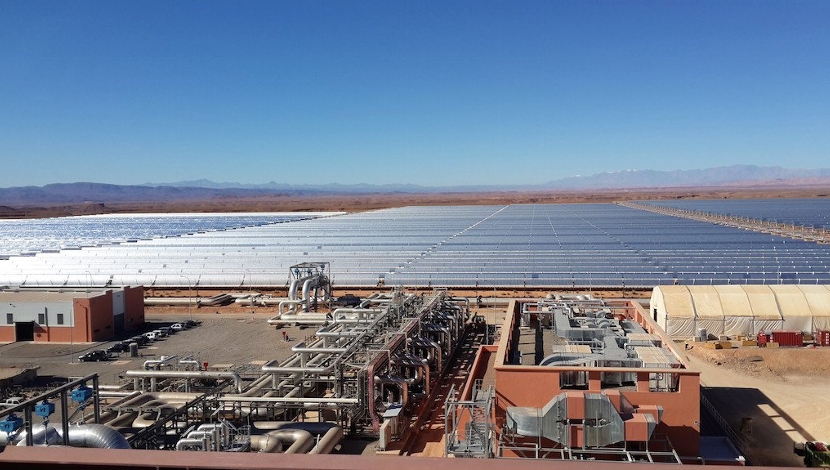
Pioneering technology to deliver the cheapest, small-scale concentrated solar power plants in the world could revolutionise the renewable energy market.
It is a problem that has so far stumped even Google’s engineers – how to generate cheap solar electricity using a small-scale array of mirrors to concentrate the sun’s energy.
Now a team at a South African university – led by a former Intel strategic planner – believes they have cracked it. Once they have completed a prototype system in October they have big plans for rolling out the technology.
The idea behind the design – so-called Concentrated Solar Power or CSP – is simple. A field of mirrors on the ground tracks the sun and concentrates its rays on to a central point which heats up. That heat is converted into electricity.
There are a handful of large-scale examples of such solar plants around the world generating electricity, and there are predictions that the technology could generate a quarter of the world’s energy by 2050. But the plants are expensive and it has proved difficult to make them work at smaller scale.
Called heliostats, the shaped mirrors are usually large with a huge central base set in concrete. With current technology they are expensive to produce, have to be connected through pricey wiring and need to be installed by highly skilled and large construction crews. This is the main factor that makes CSP more expensive than traditional photovoltaic panels, which have fallen in price by 75% since 2009.
Paul Gauché is the founding director of the Solar Thermal Research Group at Stellenbosch University, whose aim is to produce CSP technology that will be cheap and quick to install. “We are developing plonkable heliostats that, from factory to installation, you can just drop them down on to the ground and they work. So no costly cement, no highly-trained workforce, no wires, just two workers to lay out the steel frames on the ground and a streetlight-style central tower.”
Their work has already attracted the interest of a German consortium and a Massachusetts Institute of Technology solar company.
Helio100 is a pilot project with over 100 heliostats of 2.2 m2 each, generating 150 Kilowatts (kW) of power – enough to power about 10 households. According to Gauché, the array is already cheaper than using diesel.
Athi Ntisana, a technologist from the Eastern Cape who has been working since the start of the project conceptualising, prototyping and building the finished systems, is convinced the technology is right for the country.
“It requires labour, components can be manufactured here in the country and we have land here where sunlight is abundant – and that’s also where there is not much employment. It solves all these problems.”





